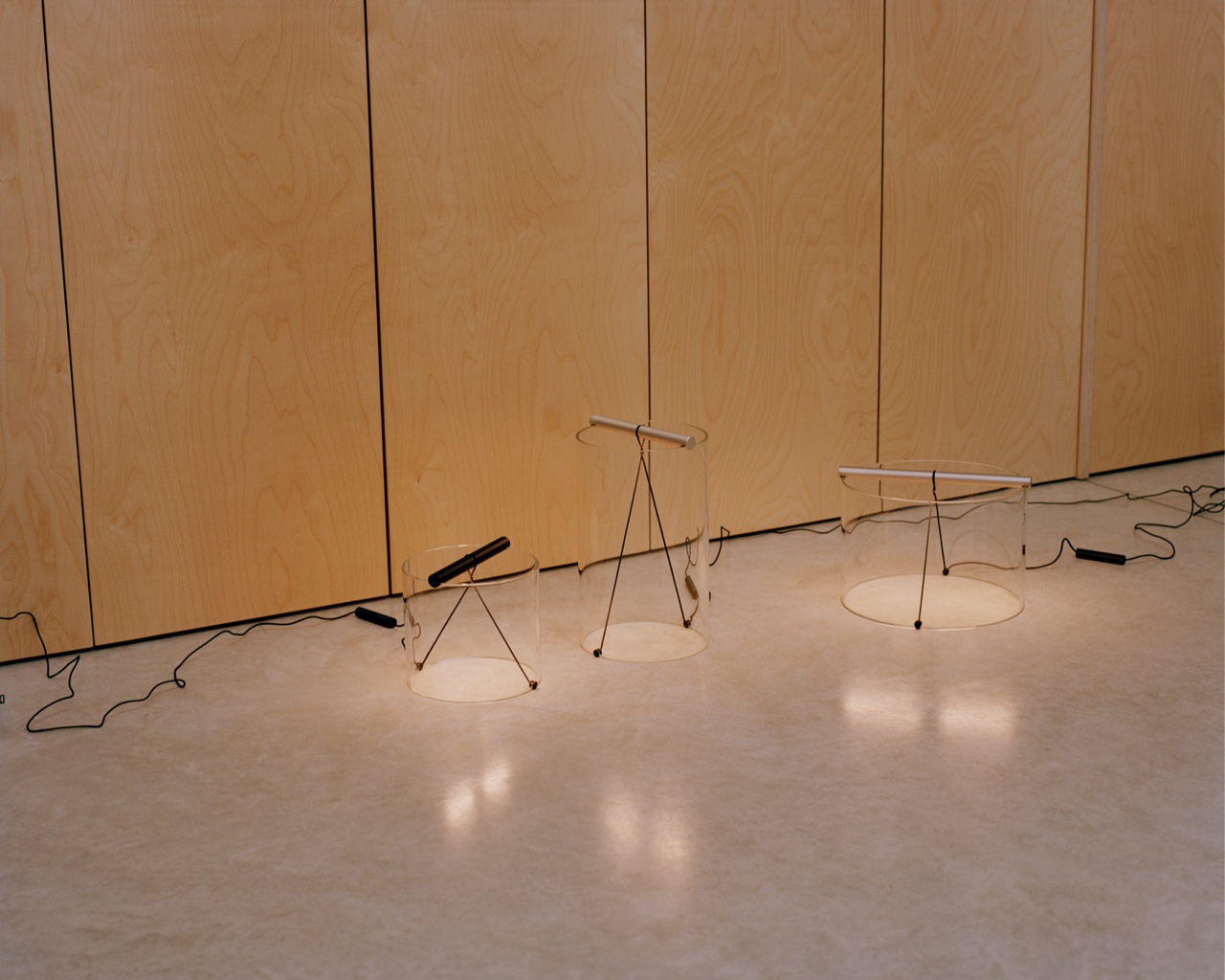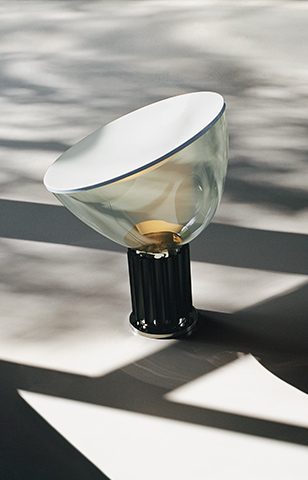Guglielmo Poletti

When did you sense you wanted to be a designer?
I approached design gradually. The background inputs certainly came from my father, not a designer himself but an extremely sensitive and talented man, with a fine sense of taste and a great curiosity towards the most disparate sort of objects. His bold personality influenced me, but it also pushed me to search for my autonomous way, so design came across my path mainly as a tool for emancipation. A very good old friend of mine, just after I started my career, told me: ‘You didn’t feel comfortable with the world around you, therefore you designed your own.’ I never thought about it that way, but it’s probably true. The effective trigger came in 2010, when I attended a lecture about William Morris, Arts and Crafts and the birth of Industrial Design. That was a click – I thought this field would enable me to shape things according to my subjective criteria. And from then on, I went for it with full commitment.
What does artificial light represent for you?
Artificial light is the most relevant component defining the atmosphere of any architectural environment. When it gets dark, it’s the real mood maker, much more than any other physical object around us, including the light fixture itself. In fact, in architectural lighting the attempt is often to make it almost disappear, integrating it within the space. But in decorative lighting the luminaire, aside being the tool which provides the best light possible, also plays and important role as an object itself. In such case, when the qualities of the lamp and those of the lighting performance are successfully entwined, artificial light becomes the ephemeral ingredient that confers a soul to an object that would otherwise remain meaningless.



‘Thinking by doing’: following his intuitions through to prototypes and pushing materials to their limits. 'Nine times out of ten, an intuition doesn’t take me where I thought it would. And that’s still interesting, and when you start learning to trust this process, you can never go back.
Tell us about the first time you worked with Flos.
It was just a month into the Covid-19 pandemic, when I first got in touch with Flos. I received an informal email by (Flos’ Design Curators) Calvi Brambilla to evaluate the possibility of a collaboration. I felt both honoured and excited, and the surreal silence surrounding me due to the imposed lockdown made that moment even more special. Following a first virtual meeting, I started working freely on several ideas without any brief. Alongside several other proposals, I presented a 1:1 study model of To-Tie, which despite its roughness managed to convey the core of the project vey clearly. Thanks to it, To-Tie suddenly became the most advanced proposal and therefore the first one which got implemented. From then on the process went smoothly, but it took us one year and a half of refinement, working on the details that make To-Tie a Flos lamp. In this phase I was able to reach a level of precision beyond my expectations, thanks to the trust and support of the whole team. I then grasped the true quality of the Flos: a mindset that stays humble and open despite its incredible cultural heritage, supported by a technical expertise through which the company challenges its comfort zone and constantly pushes the limits.
What’s the next object you want to design?
I have just started working with lighting, and I enjoyed it very much. So right now my main wish is to keep exploring this field. I particularly appreciate the contrast between the great deal of formal freedom it allows and the strictness dictated by the technical parameters that have to be met. These opposite concepts represent two sides of the same coin, a way of facing the project very congenial to my practice, which helps abstraction to become rational. Broadly speaking, I would like to expand my portfolio by working on new typologies, the many small parts which constitute the whole within an architecture. I would like to keep working on furniture, experimenting with some more mature industrial typologies and experimental limited editions. For some reasons, handles fascinates me recently. Eventually, I would like to build a small scale architecture myself, maybe a modular structure which could become the container for few of the objects I have designed.
Has any great designer, artist or musician inspired your work?
I am more interested in the attitude of the people I admire, rather than their formal output. Attitude is what matters to go after your objectives without making too many compromises, finding your way despite all the external influences. What all the figures that could be mentioned as references for me have in common is the trustful pursue of a very specific vision, through consistency and perseverance. To mention one example, the figure of Maarten Van Severen has always fascinated me. Along his relatively short career he created just a few pieces with so much intensity. They represented his ideas of archetypes, and he did it with maximum effort. And, most importantly, he was the first client of himself – he made things because he wanted to see his ideas realised, and such motivation creates a deep bond with one’s work I think. For instance, the Vitra .03 chair was born autonomously in his workshop, and was entirely made in aluminium initially. Only later he decided to engineer it with the company, fine tuning it to turn it into an industrial product. But the original work resulted from an attempt of making the perfect chair according to his personal standards, an intimate desire. Such an independent approach resonates very much with me.













